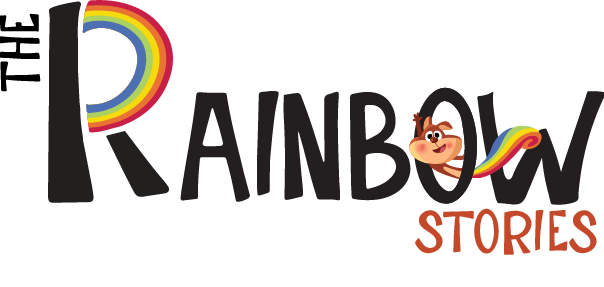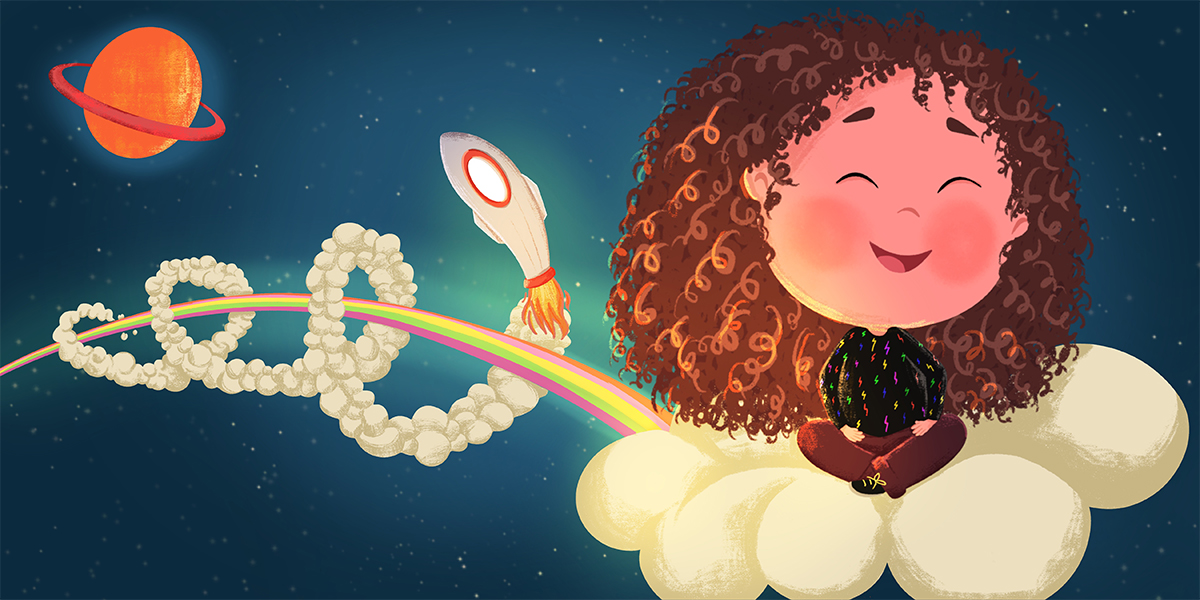Partnering with an illustrator fantasy book cover artist is the secret to bringing your story’s magic to life. A professional illustrator for fantasy books can transform narrative themes, characters, and mood into captivating visuals that resonate with readers. To succeed, you need to find an illustrator for a fantasy book whose style aligns with your world, and then collaborate effectively—defining roles, setting clear technical specs, and creating a detailed creative brief.
This process ensures that your book cover design accurately represents your story, stands out in the fantasy market, and delivers powerful visual storytelling for fantasy covers that speak to your audience.
Find the Right Illustrator for Your Fantasy Book
Start by researching illustrators who specialize in fantasy. Use platforms like ArtStation or Reedsy, and explore Reddit and author groups for referrals. As Karen Myers advises, genre is critical—look for illustrators whose portfolios resonate with your world (turn0search2). Ask for previous fantasy books examples and note styles you connect with. A well-matched illustrator ensures your visual storytelling aligns with the tone and feel of your story.
Also Read:Using Color Psychology in Fantasy Book Cover Design
Clarify Roles & Deliverables
Determine what tasks you expect the illustrator to handle. Will they craft just the cover illustration, or also handle typography, layout, and bleed files? Spell this out in a contract, including the number of sketches, revisions, and file formats required. Clear boundaries help the illustrator focus and avoid scope creep, ensuring your fantasy book cover design process runs smoothly.
Provide a Strong Creative Brief
Create a detailed brief: include a synopsis, mood board, character descriptions, and key scenes. Share references—like favorite book covers or color palettes—to guide the illustrator. Specify your target audience (e.g., middle-grade vs. YA) and cover size specs. The more context you provide, the better the illustrator can deliver a cover that truly reflects your world.
Agree on Technical Specs Early
Before work begins, confirm technical requirements: front, spine, and back cover dimensions; bleed settings; resolution (300 dpi); and color mode (CMYK). Discuss where the files will be used—print, e-books, or marketing assets—to ensure correct formatting.
Bring Your Children’s Story to Life with Magical Fantasy Book Cover
Partner with talented Book illustrators who specialize in creating lovable characters and enchanting scenes for picture books and early readers.
Establish Timeline & Revision Framework
Set clear deadlines for concept sketches, revisions, and final art. Clarify how many revisions the illustrator will accommodate and define turnaround expectations. Typical full-color fantasy covers may take 2–6 weeks depending on complexity and artist availability (turn0search13). Planning ahead avoids unnecessary stress and delays.
Also Read:Choosing the Right Typography for Your Fantasy Book Cover
Set Budget & Formalize a Contract
Budget realistically: basic custom illustrations often cost $300–$800, with highly detailed covers reaching $1,500+ (turn0search13, turn0search7). Negotiate payment terms—such as 50% upfront and balance on delivery—and include rights terms (exclusive vs. limited, print and digital usage). A clear contract with licensing, delivery, and cancellation clauses protects both parties.
Give Helpful & Constructive Feedback
When reviewing concepts, follow a “praise-suggest” approach—highlight what works before offering edits. To be precise: “Raise the dragon’s height” is more actionable than “make it dramatic.” Ask questions like, “Does this lighting convey nighttime magic?” This structured feedback supports visual storytelling for fantasy covers without overwhelming the illustrator.
Support the Illustrator’s Workflow
Respect the illustrator’s process. Ask for rough sketches early, before committing to colors. Trust their expertise in visual storytelling for fantasy covers, allowing them creative freedom. Prompt feedback and prompt payments go a long way toward a positive collaboration.
Final Files & Post‑Production
Request high-resolution layered files (PSD or TIFF) plus print-ready PDFs. Confirm inclusion of spine text, barcode placement, and bleed. Once the final art is approved, process the remaining payment and request all file rights as per contract.
Plan for Future Use & Extensions
Think beyond the first book. Discuss rights for sequels, social media banners, posters, or chapter graphics. If you’re planning a series, request a style guide for typography and layout to maintain brand consistency a big advantage when choosing an illustrator for the cover of your fantasy books from The Rainbow Stories
Celebrate & Promote the Collaboration
Once the cover is live, credit the illustrator on your website, social media, and inside the book. Share behind‑the‑scenes sketches or work-in-progress posts—it builds goodwill and gives fans a glimpse into the creative journey behind your book covers.
Real-World Feedback
Reddit authors often encourage iterative feedback:
“If you only fix how her hood is shaped… then this would be a good cover for a middle-grade fantasy book”
And budgeting insights show realistic expectations:
“For something very detailed… probably a fantasy cover with full colour illustrations and background work, $1000–$1500.”
These anecdotes underscore the importance of clarity, expectation-setting, and communication.
Conclusion
Working successfully with an illustrator fantasy book cover artist requires clarity, collaboration, and respect. From finding an illustrator for a fantasy book to delivering a polished final product, each step matters.
A strong creative brief, well-structured timeline, and supportive feedback enable your illustrator to create a cover that embodies your story’s magic. And when the book launches, both your narrative and your visual storytelling shine—united in a cover that captivates readers at first glance.

